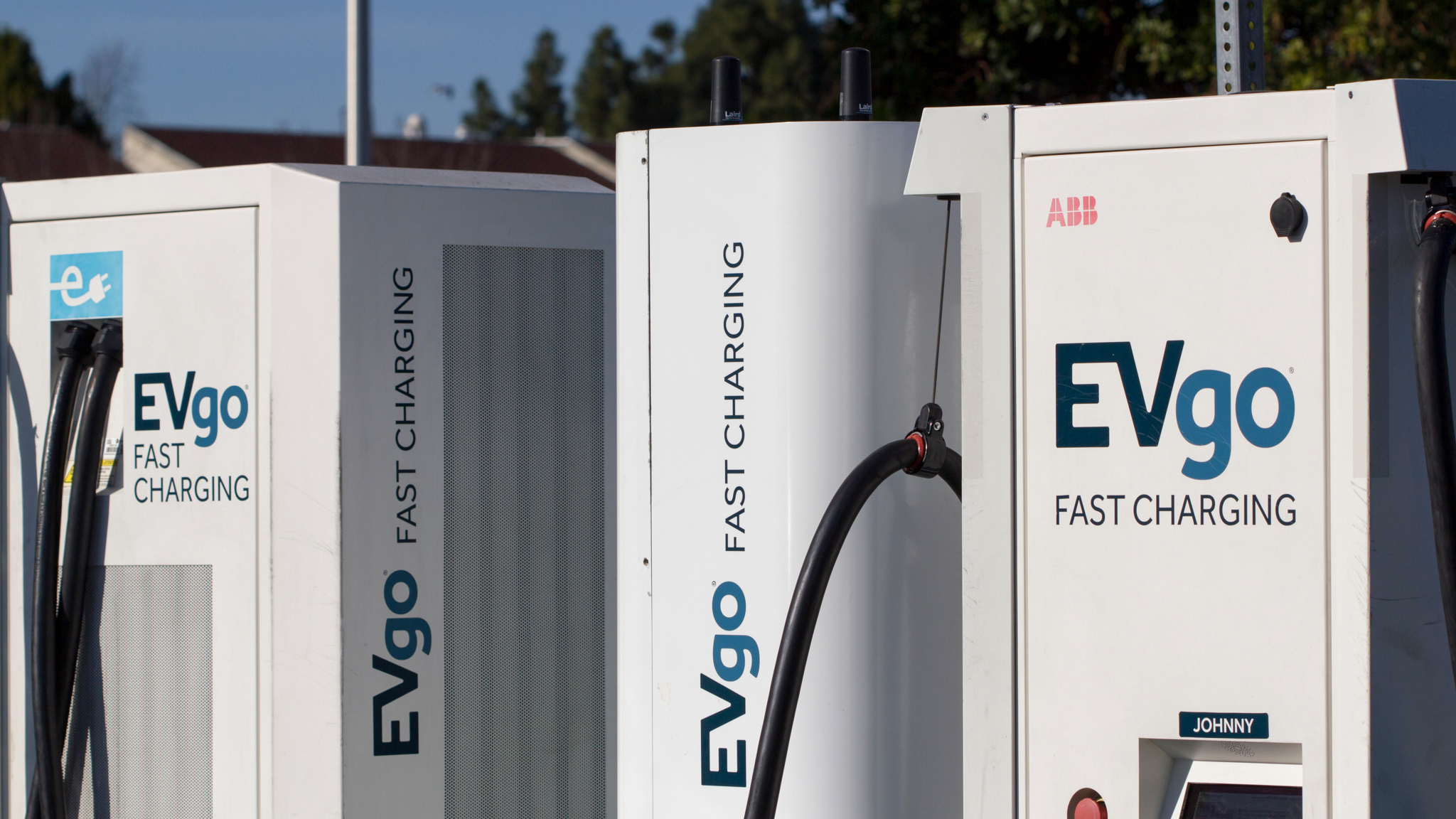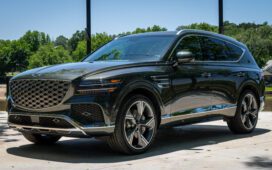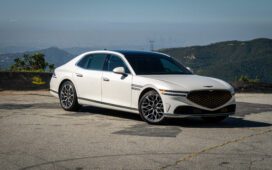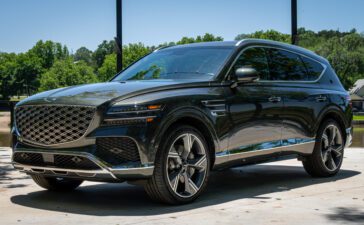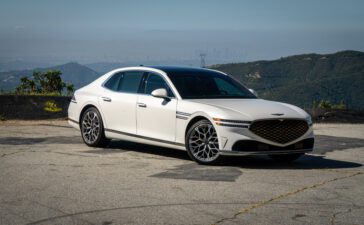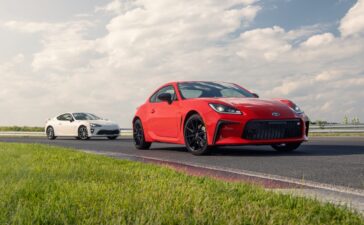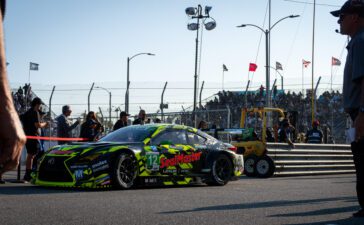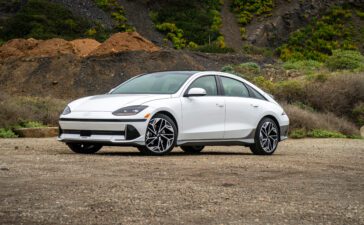In a lot of ways, EV charging really sucks. Finding a fast charger in some rural areas is nearly impossible, and those in more densely populated places often end up waiting in line at public charging stations. People often say that Tesla’s Superchargers offer a superior experience, with better speeds, reliability, and smoother charging sessions, and a recent study proves them right.
Energetics’ study found that the average paid charging time at non-Tesla chargers was 42 minutes over a three-year period that ended on June 30 last year. In comparison, the average time at Tesla’s Superchargers was just 31 minutes, though separate data showed that they got slower in the last half of 2023. Free charging sessions, which many automakers offer with new EV purchases, were even slower, at an hour and 18 minutes on average.
Automakers have seen the light regarding Superchargers, as most have committed to adopting Tesla’s standard in the coming years. Even so, the number of EVs is growing, and even the mighty Supercharger network could soon find itself overwhelmed with vehicles. Several efforts are underway to significantly increase the number of fast chargers across the country, but it will take years before there’s a notable decrease in the average charging times.
Analysts expect charging times to drop to around 20 minutes in the next five to seven years, but it’s little consolation for today’s buyers. Though EVs offer a fantastic driving experience in some cases, it’s hard to recommend an electric model to someone without the ability to charge at home.
Apartment dwellers and others who can’t install a charger at their home location are stuck relying on the public network, making EV ownership a real hassle. Outside of public fast chargers, Level 2 public chargers can take hours to add meaningful range, and that’s if they’re available and working properly.

